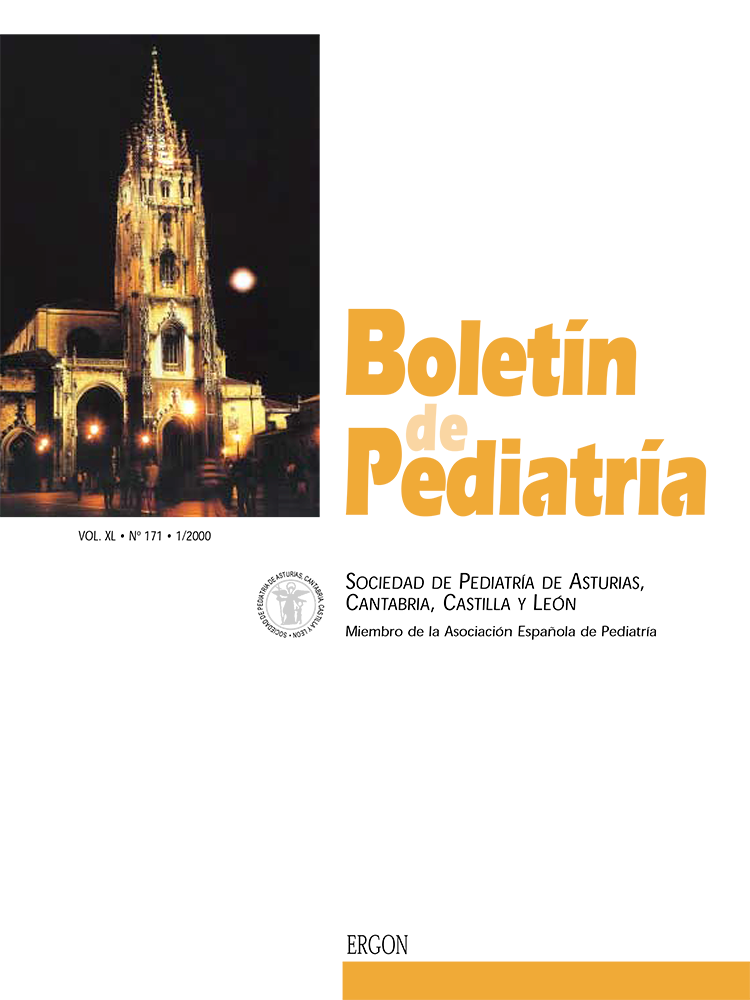Abstract
Objective: To assess the response to chelation therapy with dimercapto-succinic acid (DMSA) in children with moderate to severe lead poisoning and to compare the evolution of one of them with the case of a child who did not receive any treatment.
Patients and methods: We reviewed retrospectevely the cases of three children who received chelation therapy , of 9, 3 and 1 years of age. The evolution of the one-year old case was compared with that of a seven-month old infant who did not received any treatment. Periodically, blood and urine analytic controls were carried out to evaluate different parameters (lead, zinc protoporphyrin, gamma aminolevulinic acid, coproporphyrins, etc.).
Results: The two youngest patients responded to the first course of treatment, with a blood lead reduction after the rebound of 28% and 33%, whereas the third patient, with a reduction of 19%, did not respond. All three cases tolerated very well the treatment. Ten months later, the difference between the blood lead reduction in the case treated and and not treated was minimal, 59% and 52% respectively.
Conclusions: Chelation therapy with DMSA in children is effective and well tolerated. When we compare the lead profile after ten months between two cases with similar age, one treated and the other not treated, doubts arise regarding the convenience of starting the treatment immediately, although, being only two cases as they are, this assertion must be considered as a conjecture.

This work is licensed under a Creative Commons Attribution-NonCommercial 4.0 International License.
Copyright (c) 2000 Boletín de Pediatría
